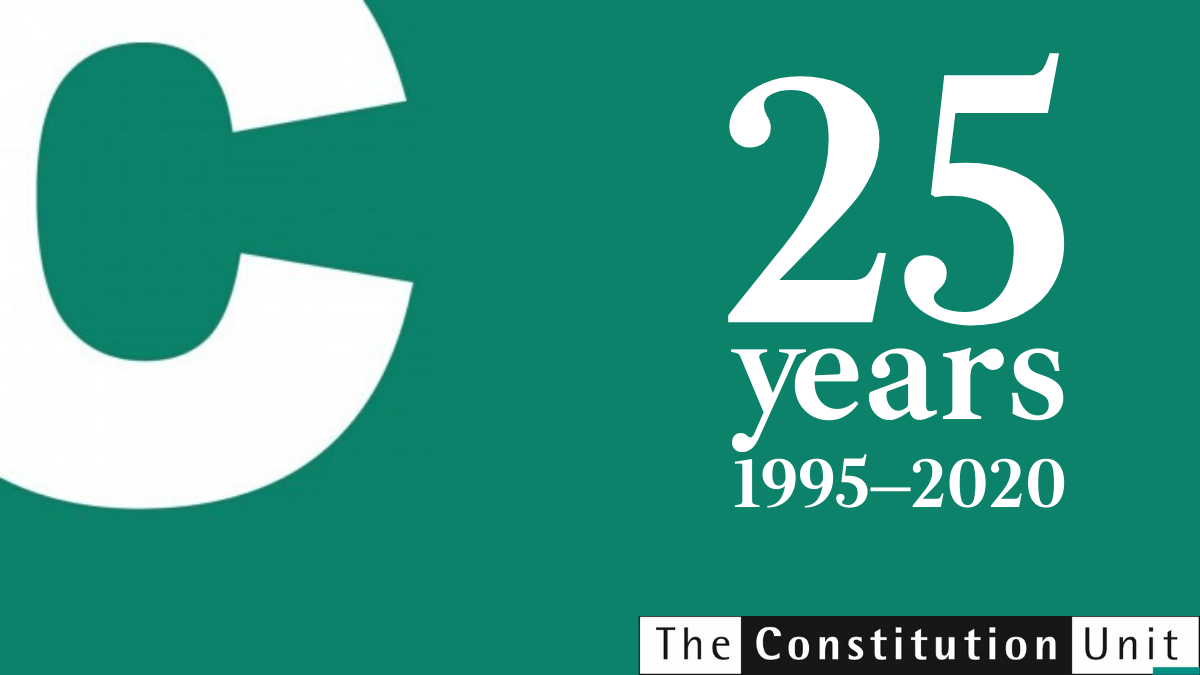
In September, the Committee on Senedd Electoral Reform published a report that recommended a wide range of reforms to the Welsh Parliament’s arrangements, including increasing the number of Members of the Senedd, adopting a new electoral system, and implementing measures to improve diversity. In this post, Michela Palese summarises the key recommendations and reflects on the likely next steps.
Reform of Wales’s legislature has been on the political agenda for many years. Earlier this year, the first phase of reform led to the extension of the franchise to 16- and 17-year olds; to changing the name of the Welsh Assembly to the Welsh Parliament/Senedd Cymru and of its members to Members of the Senedd (MS); and to changes around electoral administration. These reforms were part of the Senedd and Elections (Wales) Act 2020, which became law on 15 January.
Another area of reform, which has yet to be taken forward, is the size of the legislature itself. Constitutional developments in Wales, particularly following the Wales Act 2017, have meant that the Welsh legislature has acquired new, primary law-making powers, including in relation to its size and electoral arrangements, and is now recognised as permanent within the UK’s constitutional settlement, alongside the Welsh government. The 2017 Act also moved Wales from a conferred powers model of devolution (an anomaly in the UK’s set-up) to a reserved matters model similar to that of Scotland, as recommended by the Unit in 2016.
These significant new legislative powers have not been matched, however, by an increase in the number of members of the legislature (hereafter, MSs or Members of the Senedd, though note their name was Assembly Members/AMs until May 2020), which have remained at 60.
There has been much, long-standing debate around this issue – it is broadly accepted that 60 MSs are insufficient to carry out the important legislative and scrutiny work of a fully-fledged parliament, with its own committee system, particularly if one considers that 14 MSs (around 23% of the total) are part of the executive.
Continue reading


 The proliferation of false, misleading and harmful information about the coronavirus has been described as an ‘infodemic’ by the World Health Organisation. Government, social media companies, and others have taken concerted action against it. Michela Palese and Alan Renwick here examine these responses and consider potential lessons for tackling online misinformation more broadly.
The proliferation of false, misleading and harmful information about the coronavirus has been described as an ‘infodemic’ by the World Health Organisation. Government, social media companies, and others have taken concerted action against it. Michela Palese and Alan Renwick here examine these responses and consider potential lessons for tackling online misinformation more broadly.